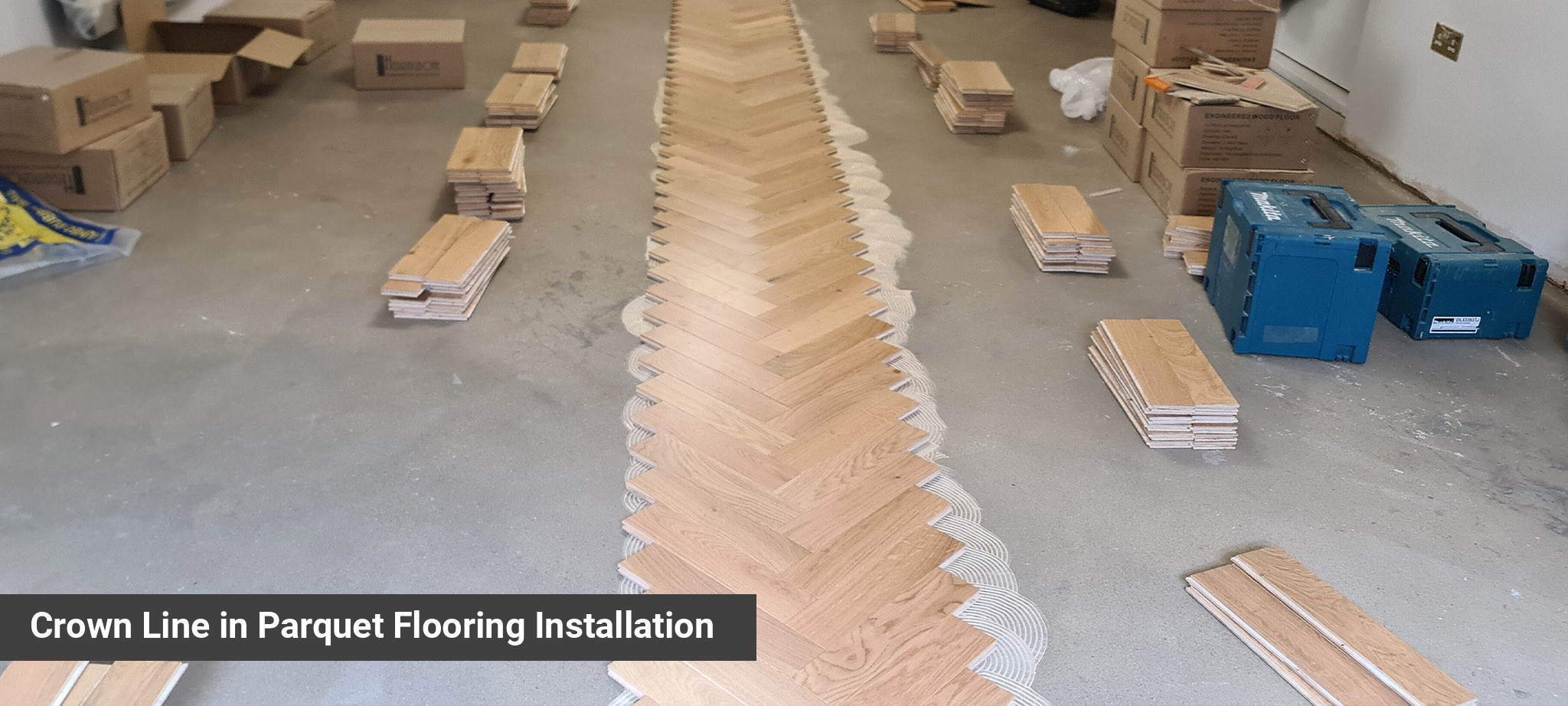The main reasons behind why reclaimed parquet flooring creates a myth about affordability
The allure of reclaimed materials is undeniable. In an era of increasing environmental consciousness, giving new life to old treasures like parquet flooring seems like a noble and charming endeavour. Reclaimed parquet flooring comes with unique story, an aged patina, and a nod to sustainability. But beneath this romantic veneer lies a host of practical challenges and hidden costs that often turn this dream into a costly nightmare.
While the idea is appealing, the reality of installing reclaimed parquet flooring is fraught with significant drawbacks. Far from being a budget-friendly or straightforward option, here's why installing reclaimed parquet should, in most cases, be avoided.
The Actual Truth Behind the "Bargain"
1. Condition Roulette: Wear, Tear, and Unseen Damage
Reclaimed parquet has already lived a full life – sometimes several. This means it comes with an unavoidable history of wear and tear. You'll encounter varying degrees of scratches, dents, chips, and warping. While some might romanticise this as "character," it fundamentally compromises the floor's aesthetic uniformity and durability. More concerning are the unseen issues: remnants of old adhesives (like bitumen, which is notoriously difficult to remove), residues, and potential hidden damage such as dry rot, woodworm infestations, or other structural compromises that may only become apparent during or after installation. These issues can not only destroy the reclaimed floor itself but also pose a risk to the surrounding timber in your home.
2. Blocks Geometry Inconsistency: Size, Thickness, and Stability
Modern flooring is milled with precision. Reclaimed parquet, particularly older batches, often exhibits significant variations in size, thickness, and even wood species within the same batch. Over decades, wood expands and contracts, and older manufacturing techniques lacked the exactitude of today's processes. This fundamental inconsistency makes a truly level, tight, and seamless installation incredibly difficult, if not impossible. The result? Unwanted gaps, frustrating lippage (where one edge is higher than the adjacent one), and a uneven floor, which requires thorough sanding and re-sealing to complete the finish, to that typically associated with parquet.

The geometry of the blocks is highly important for getting the herringbone pattern in line and avoiding gaps.
3. Installation Agony: Labor-Intensive & Highly Skilled
If the material itself is challenging, the installation process is an outright battle. Preparing reclaimed blocks is an arduous task. Each piece may need individual cleaning to remove old glues and residues, sorting by size and condition, and often intricate adjustments. This is not a job for a standard flooring installer. It demands highly experienced, patient, and often more expensive professionals who specialise in working with such temperamental materials. The increased labour hours and the need for specialist skills quickly erase any perceived savings from the initial material cost, often pushing the total cost far beyond that of a new parquet floor.
4. Adhesion Headaches & Subfloor Demands
Successfully adhering parquet to a subfloor is critical for longevity. The residual glues and uneven undersides of reclaimed blocks make achieving a reliable bond a significant challenge. If the old adhesives aren't meticulously removed (a messy, time-consuming, and often chemical-intensive process), the new adhesive may fail, leading to loose blocks, frustrating creaks, and a floor that literally comes apart. Furthermore, the subfloor must be absolutely pristine – perfectly flat and level – to compensate for the inherent irregularities of the reclaimed material, often requiring extensive and costly subfloor preparation.
5. Performance & Longevity Compromised
Due to inherent inconsistencies and the challenges of a perfect installation, reclaimed parquet is inherently more prone to gapping, movement, and instability as environmental conditions (temperature and humidity) fluctuate. Unlike new parquet with a full, robust wear layer, reclaimed blocks may have been sanded multiple times in their previous life. This limits the remaining thickness available for future refinishing, significantly reducing the long-term lifespan and value of the floor compared to newly manufactured options. The dream of a floor lasting another century can quickly dissipate when faced with its practical limitations.
6. Aesthetic Disappointment: When "Character" Becomes "Clutter"
While character is sought after, the level of variation in reclaimed parquet can sometimes be overwhelming. Inconsistent colour tones, varying grain patterns (especially if different wood species are mixed), and a patchwork of imperfections can lead to an aesthetic that feels more chaotic than charming. Achieving a cohesive and harmonious look across an entire room becomes a significant design hurdle.
The Verdict: Beauty That Comes at Too High a Price
The romantic notion of reclaimed parquet flooring is often overshadowed by the practical realities. What appears to be a sustainable and characterful option frequently transforms into a project riddled with unexpected costs, frustrating installation challenges, and compromises on quality and longevity.
For those seeking the timeless elegance of parquet, investing in new, high-quality flooring offers superior consistency, easier installation, greater durability, and a far more predictable outcome. While reclaimed materials have their place, for a floor that truly stands the test of time without constant headaches and hidden expenses, it's almost always wiser to avoid the pitfalls of reclaimed parquet.
Need Advice on Parquet Flooring Products & Installation?
If you have any questions or need expert advice about having parquet flooring products and their installation, don't hesitate to get in touch for help with a member of our team.










